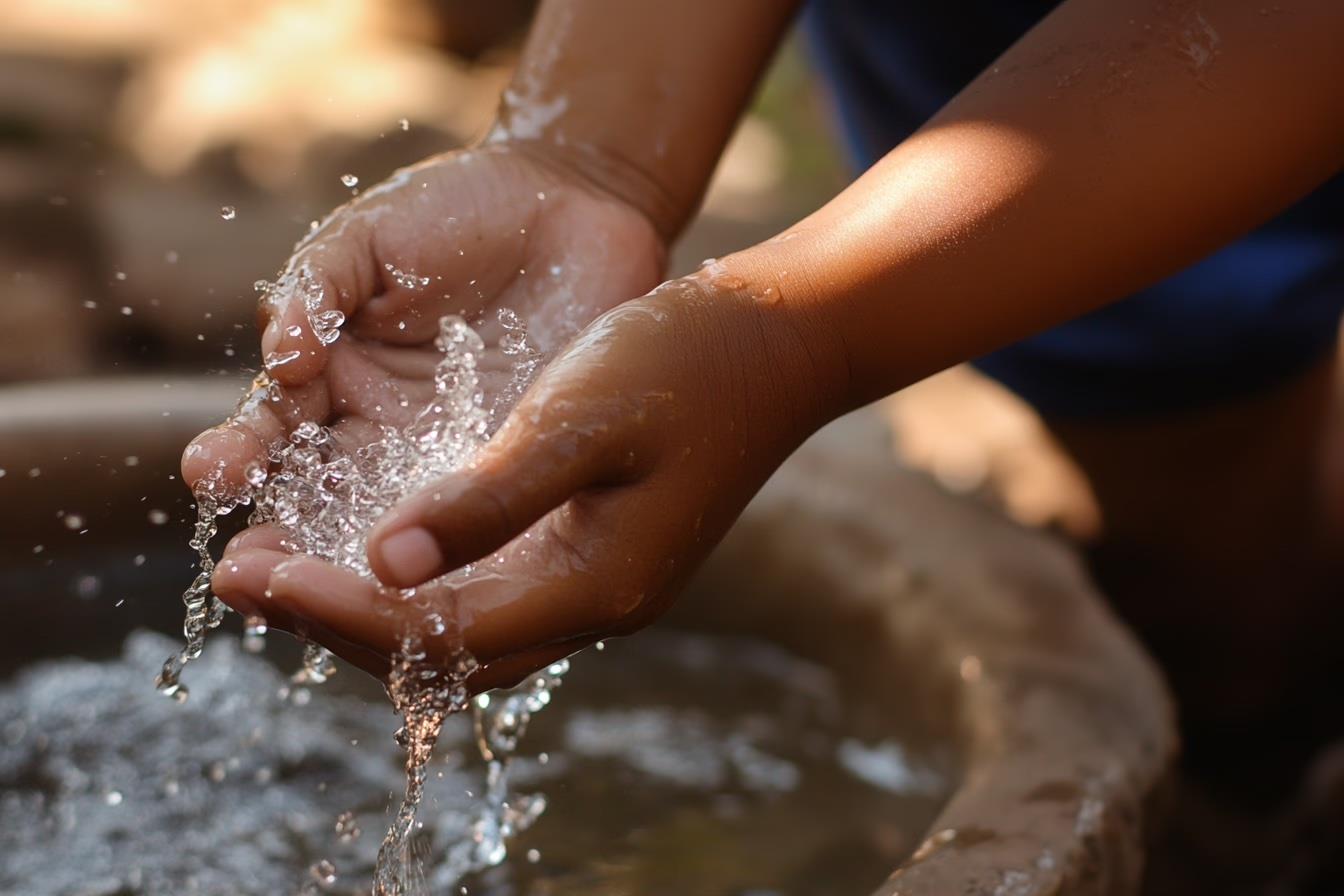
Water Rationalization, health and social implications
Water Rationalization, health and social implications
Managed by
Overview
This track highlights the importance of water efficiency and conservation, along with its broader health and social implications. As water scarcity continues to challenge communities and ecosystems, innovation in water-saving solutions is becoming increasingly essential.
The track focuses on the integration of smart technologies and interactive monitoring systems designed to enhance water use efficiency and reduce unnecessary waste. These systems empower users to better manage consumption and identify areas for improvement in both public and private sectors. Solutions may include automated leak detection, smart irrigation systems, and real-time consumption alerts that support behavioral change at the household and municipal levels.
By increasing awareness of resource conservation and its impact on communities, this track also sheds light on the social responsibility associated with sustainable water use. It connects water conservation practices not only to environmental benefits, but also to long-term public health and well-being. Efficient water use helps reduce pressure on public infrastructure, improves water access in underserved regions, and supports climate resilience.
The track also explores the potential for community-driven water initiatives, where local engagement and education campaigns contribute to building a culture of sustainability. Public-private partnerships, youth engagement, and school-based programs are key tools in spreading water-conscious practices.
For stakeholders and innovators, the track presents opportunities to develop solutions that bridge water efficiency with community education, behavior change, and sustainable water practices tailored to local needs. It encourages investment in user-friendly technologies, scalable models for awareness, and integrated systems that align conservation goals with measurable outcomes.